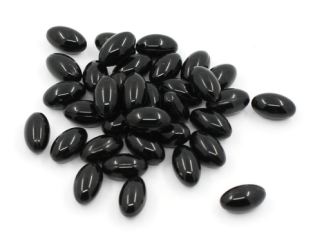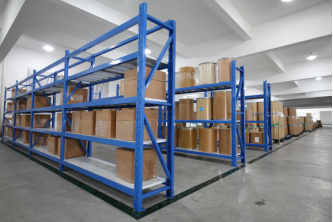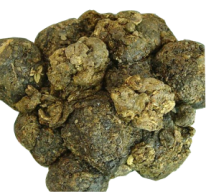2016 Good Quality Organic Propolis powder Supply to Los Angeles
2016 Good Quality Organic Propolis powder Supply to Los Angeles Detail:
[Products Name] Propolis powder, Propolis extract powder
[Specification]
Propolis content 60%,70%,80%
Water-soluble propolis powder 60%,70%,80%
[Gerneral feature]
1. Low antibiotics
2. Low PAHs, can approve to 76/769/EEC/German:LMBG;
3.Organic certified by ECOCERT, according to EOS & NOP organic standard;
4.Pure natural propolis;
5.High content of flavones;
6.Anti-block;
7. Manufacturer supply.


[Packaging]
1. 5kg/aluminum foil bag, 25kgs/carton.
[How to get it]
First, we collect raw propolis from beehives, then extract by low temperature with ethanol. Filter and concentrate, we get the pure propolis block at 98%. Then Low temperature crushing, adding edible and medicinal excipients, finally we get propolis powder.
[Introduction]
Propolis comes from the substance like natural resin, which is collected by the bees from exudates of plants branches and bud the chemical substances of Propolis are found to be various, such as beeswax, resin, incense lipids, aromatic oil, fat-soluble oils, pollen and other organic matter. Studies have shown that the source of propolis resin in material has three types: bees collected plants secreted fluid, secretion in vivo metabolism of bee, and involvement in the process of forming the material.
We can supply Propolis Extract with food-grade and medicine-grade .The raw materiall is came from non-polluting food grade propolis .Propolis extract was made of high-grade propolis. It maintains the propolis effective ingredients during the procedure of extraction under constant low temperature , taking off the useless substances and sterilization.
[Function]
Propolis is a natural product processed by bees mixed with glutinous and its secretion.
Propolis contains more than 20 kinds of useful flavonoids, rich vitamins, enzymes, amino acids and other microelements, etc. Propolis is called “purple gold” owing to its valued nutrients.
Propolis can remove free radical, lower blood sugar and blood fat, soften blood vessels, improve micro-circulation, enhance immunity, anti-bacteria and anti-cancer.
Product detail pictures:

Related Product Guide:
Being supported by an highly developed and specialist IT team, we could give technical support on pre-sales & after-sales service for 2016 Good Quality Organic Propolis powder Supply to Los Angeles , The product will supply to all over the world, such as: Uzbekistan, Bahrain, Washington, We are sticking to excellent quality, competitive price and punctual delivery and better service, and sincerely hope to establish long-term good relationships and cooperation with our new and old business partners from all over the world. Sincerely welcome you to join us.
https://www.pro-penis-enlargement-pill.com ProSolution Pills are the best male sexual performance and enhancement pills available. The extraordinary blend of ingredients will give you the results you want.
Prosolution pills are the result of years of researches and rigorous clinical tests to make sure that the pill will deliver results, safe for use and to guide against any unwanted negative side effects. The health and safety of regular and potential customers are of paramount priority.
Recommended by doctors, sex therapists and herbalists world wide, its unlikely that you can go wrong. It is used by popular professionals in the adult sex industry as the best herbal penis enhancement product for effectiveness and value. Imagine stronger erections, multiple, longer lasting sexual sessions and powerful orgasms. Everything you and your female partner long for! https://www.procalisxonline.info/best-penis-enlargement-pills-buy-prosolutionpills.html
visit our website for more info https://www.hardrodplus.com/
This company can be well to meet our needs on product quantity and delivery time, so we always choose them when we have procurement requirements.







